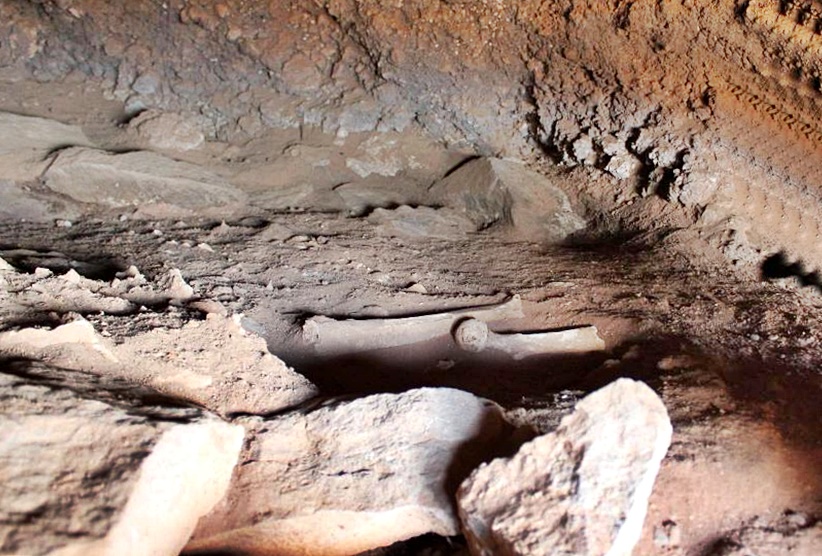You are half a canary of what you think you are
The texts of Roman historians who have arrived until our days affirmed that the Phoenicians already had sufficient knowledge of navigation to reach the Canary Islands. A new genetic study discards this hypothesis and concludes that the origin of Canarian DNA is Berber.
The study is a joint work between the universities of La Laguna, Las Palmas de Gran Canaria, Stanford (USA) and Durham (United Kingdom), with the support of three of the reference museums in the islands: the Canary Islands, the Archaeological La Gomera and Benahorita de La Palma.
After months of work they have managed to reconstruct the mitochondrial DNA genome (genetic inheritance of the mother) of 48 Canarian aborigines from 25 archaeological sites of all the islands of the archipelago.
The remains used for the study span fifteen centuries: from the second to the seventeenth century. This period marks the moment in which the original settlers of the Canary Islands are usually located until the arrival of the Castilians to the Canaries where they offered resistance from the ravines.

The study compares the DNA of these remains with that of 18 contemporary Canarian residents on all islands and selected from families linked to the archipelago since ancient times. The main result of the study determines that the current native canaries only conserve 56% of the genetic load of the aborigines.
The rest of its mitochondrial DNA comes from the Iberian Peninsula (38%) and from sub-Saharan populations (4%), as a result of the miscegenation that followed the Conquest among Europeans, aborigines and African slaves brought to the sugarcane plantations.
Differences by islands
Both in Lanzarote, as in La Gomera and Fuertventura, the maternal genetic inheritance of contemporary canaries is still predominantly indigenous. While in the remaining four there is more presence of European mitochondrial DNA.
If only the result of the study were examined by comparing the DNA of a Lanzarote with the remains of ancestors of Lanzarote the result would be different. The lanzaroteños only maintain 33% of the mitochondrial DNA of the ancestors of the island. In Gomeros, 55% of the maternal inheritance of their indigenous ancestors remains; in the palmers, 41%; in the majoreros, 25%; in Gran Canaria, 24%; in Tenerife, 22%. In and in the Herreños, 0%, nothing.
The authors believe that the result of El Hierro may be surprising, but it is not so surprising, if one reviews the historical chronicles of the conquest of the bimbaches, which relate that El Hierro was hardly populated when the Castilians arrived, that its inhabitants were decimated by the slave traders and that the island was colonized with aborigines from the rest of the Canary Islands.

